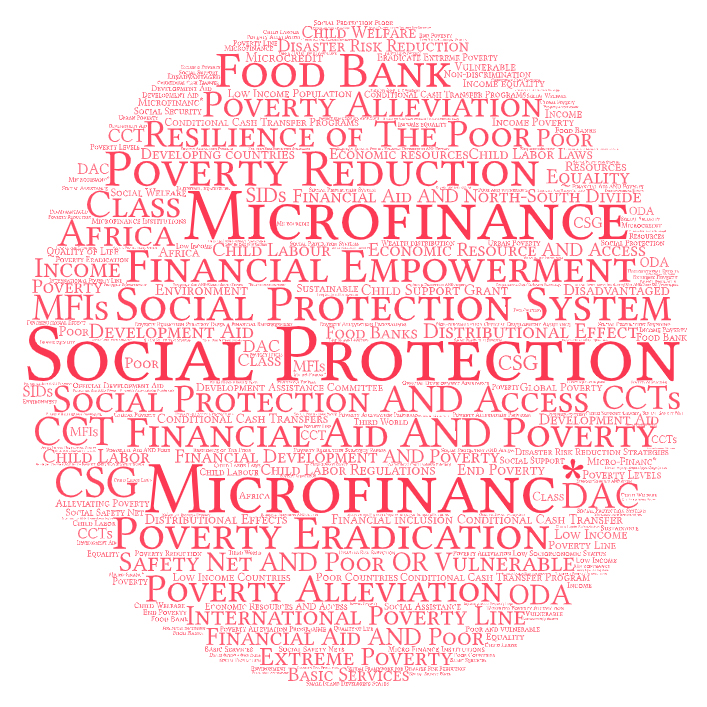What is "No Poverty""?
Global poverty remains one of the world’s most persistent challenges. Although significant progress has been made over the past decades, more than 700 million people still struggle to meet basic needs such as safe housing, food security, healthcare, education, and access to essential services. Poverty rates continue to disproportionately affect children, rural populations, and individuals living in lower-income regions, highlighting the need for inclusive policies, equitable education, and comprehensive social support systems.
Yeditepe University is deeply committed to advancing social equity and supporting students and communities affected by poverty. Through an extensive scholarship system, the University prioritises the inclusion of students from low-income families particularly those coming from Anatolia and socioeconomically disadvantaged regions. Full-scholarship students receive not only a tuition waiver but also free dormitory accommodation, meal scholarships, and free transportation opportunities, ensuring that financial barriers do not hinder academic success.
To strengthen graduation outcomes for students from low-income groups, Yeditepe University implements clear institutional targets and continuous monitoring processes. Academic mentoring, success tracking, career counselling, and student support programmes are coordinated to ensure retention, progression, and completion for financially disadvantaged students.
The University also provides financial support schemes for international students from low and lower-middle income countries through need-based grants and the annual Management Scholarship application process. These mechanisms guarantee transparency, equal opportunity, and sustained educational access for all eligible students.
Beyond the campus, Yeditepe University plays an active role in strengthening the local community. Through the Technology Transfer Office (YUTTO) and the “Yeditepe Yeni Fikir – Early Stage Entrepreneurship Acceleration Programme,” the University supports the creation of financially and socially sustainable businesses by offering training, mentorship, seed funding, incubation services, and investor connections.
Yeditepe also advances community well-being by improving public access to essential services. Through Community Service Practices, health outreach initiatives, and the Yeditepe Dental Clinics, the University provides free or low-cost health screenings, oral health education, and awareness trainings for disadvantaged groups. Additionally, the Continuing Education Center (YÜSEM), a member of TÜSEM and EUCEN, enhances lifelong learning opportunities for all segments of society.
As part of its broader social mission, Yeditepe University contributes to policy-making processes at local, national, and international levels. Through active involvement in strategic initiatives, educational networks, and partnerships with local authorities and NGOs, the University helps inform policies that promote social inclusion, economic empowerment, and the eradication of poverty in all its dimensions.

